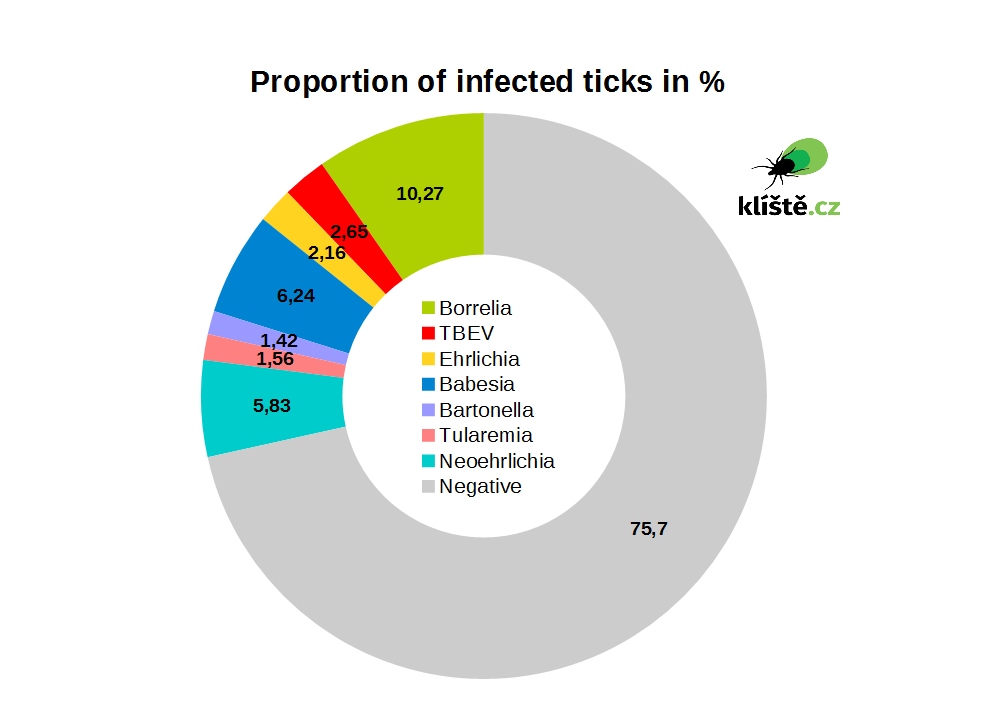Bartonellosis
Bartonellosis is a rarely diagnosed bacterial disease transmitted to humans by ticks or fleas (most commonly from dogs and cats). The disease causative agent is a bacterium from the genus Bartonella, most commonly Bartonella henselae. It mainly affects immunologically deficient individuals, attacking their skin and internal organs.
Disease symptoms
Bartonellosis commonly affects cat owners, immunologically deficient individuals or people without a spleen, individuals with serious conditions, and people living in spaces with poor hygiene (homeless, alcohol addicts, some ethnicities). A characteristic dark lesion, resembling a dark scab, forms 5-10 days after the bite (from a tick or flea) or scratch (from a cat). Surrounding lymph nodes become enlarged for one week to up to two months – this reaction is accompanied by a fever that lasts 4-5 days. Other common symptoms are joint pain, muscle soreness, headaches, vertigo, back pain and eye pain. Eye infections, spontaneous eye movement and liver enlargement can also occur. Bartonellosis can also result in heart, eye, liver or kidney infections.
Treatment
When diagnosed in time, bartonellosis is easily treatable with antibiotics. In the early phases doxycycline and erythromycin is used. If left untreated, the disease can rapidly progress in immunodeficient patients and lead to death. Infected cats usually do not have any clinical symptoms.
Overview of infected tick incidence
Prevalence of pathogens in ticks were assembled based on ticks analyzed in Protean s.r.o. laboratories.
